Meet the Parminters
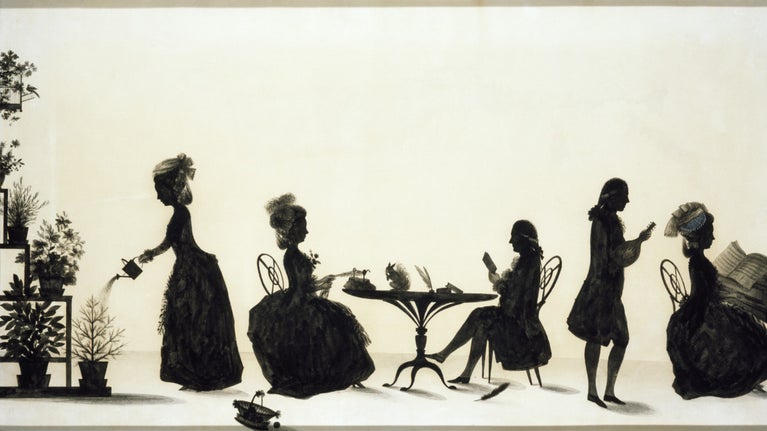
In November 1796, Jane and Mary Parminter bought a twenty-eight-acre plot of land, on the edge of Exmouth, with magnificent views over the Exe estuary. They had decided to create a 'ferme ornée', or 'ornamental farm', on the site and to live out the remainder of their lives together in a thatched and whitewashed sixteen-sided villa that was designed to exactly reflect their ideas and experiences. So, who were these women and where did they come from?
Jane Parminter (1750-1811)
Born in Lisbon, Portugal, Jane Parminter was the daughter of John Parminter, a Devon wine merchant, and Jane Arbouin. She had many siblings, an elder brother, WIlliam, three younger sisters, Mary Anne, Elizabeth and Margaret, and John, her youngest brother.
After disaster in Portugal, the family moved to Devon. Jane was 23 and was living in Braunton when they took in Mary Parminter and Jane became her guardian.
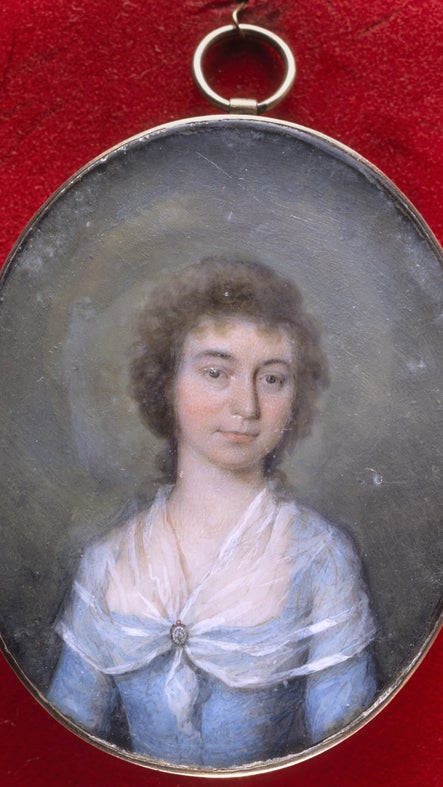
Mary Parminter (1767-1849)
Born in 1767, Mary Parminter was the eldest of Richard and Mary Parminter's three daughters. The Parminters were merchants and made their fortune trading overseas in general goods, while her mother's family, the Walronds, were extensive landowners in Devon and Somerset.
Unfortunately, Mary's mother died when she was only five years old and she was placed under the guardianship of her 23 year-old cousin, Jane. When Mary was 12, her father also died, leaving her with a considerable fortune and estates in Devon.
When Mary was 17, she and Jane set out on their Grand Tour which lasted for 10 years and, upon their return, they decided to settle in Exmouth. The pair bought land on the edge of Exmouth, building the symbolic and elaborate house of A la Ronde, with a design inspired by their travels. Mary was 31 when they took up residence in 1798.
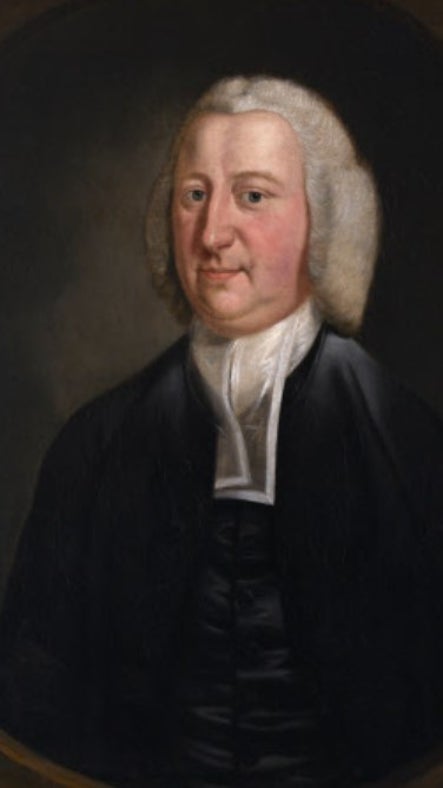
John Parminter (1712-1780), Jane's father
Jane Parminter’s father, John, was a wine merchant. He and his wife, Jane Arbouin had been married by the chaplain to the expatriate merchant community (the ‘English Factory’) in Lisbon, Portugal, in 1747. Their son, William, was born there in 1748, followed by Jane in 1750 and then Maryanne in 1752.
Luckily, the family were in England when Lisbon was destroyed by an earthquake, tsunami and fire in 1755. John probably continued his business interests in Lisbon and William died there in 1770, aged 22. The family settled in Exmouth, where Elizabeth was born in 1756, followed by Margaret (who died in infancy) in 1759 and John (born in Bideford) in 1760. In 1767 Jane’s father bough a fine 17th century house called Fairlinch, with panoramic sea views, in Braunton, North Devon.
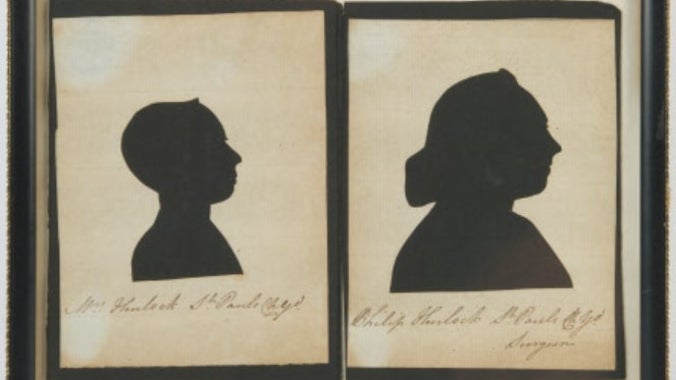
Margaret (1721-1800) and Philip Hurlock (1713-1801), Jane's aunt and uncle
Jane may have spent time in London with her aunt and uncle, Margaret and Phillip Hurlock.
The Parminter family were nonconformists, but the Hurlocks had converted to the Moravian Church, as had her uncle, Andrew Parminter. Jane's intelligence and skills suggest that she was well-travelled in early life, said to have travelled in Europe and become proficient in some languages.
It is through the Hurlock connection that Oswald Reichel, the only male owner in A la Ronde's history, came to possess the house.
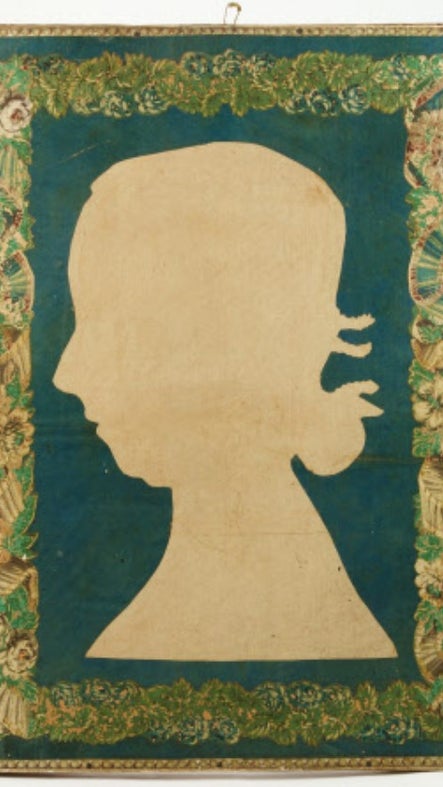
Mary 'Polly' Walrond (1746-1772), Jane's cousin
Mary 'Polly' Walrond married Jane's cousin, Richard Parminter in 1766 and had three daughters: Mary, Harriet and Rebecca. She is thought to be depicted in several silhouettes displayed at A la Ronde and a number of her possessions remain in the collection.
Unfortunately, her daughter, Harriet, died in 1770. Not long after, Polly died in 1772, aged only 26. Her daughters, Mary and Rebecca, were then sent to live with their cousins at Fairlinch.
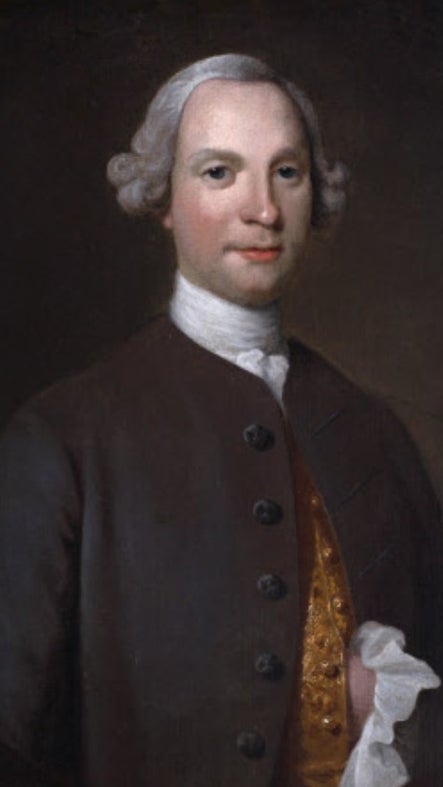
The Reverend John Walrond (d.1769), Mary's grandfather
Jane Parminter and her sister, Elizabeth, shared an inheritance from their father of over half a million pounds at today's value. However, it was Mary who eventually became the wealthier of the two through her mother's family, the Walronds.
Following the death of her father and sister, Mary came to own properties in Devon at Pilton, Ottery St. Mary and Exeter, which had belongd to her grandfather, the Rev. John Walrond.
Mary’s guardians, named in her father’s will as the Rev. Samuel Lavington, Mary Parminter, and Joseph Paire, would have controlled this substantial property portfolio until she was 21. This inheritance was increased when Mary inherited the property of her great uncle, Sir Francis Walrond, in 1786. This included land in Sidbury, Devon, and Fetter Lane and Holborn in London.

The Compendium
The Compendium is a collection of stories to delight and surprise. You can explore all things A la Ronde here in one central place for the first time. We will be adding new stories for years to come.
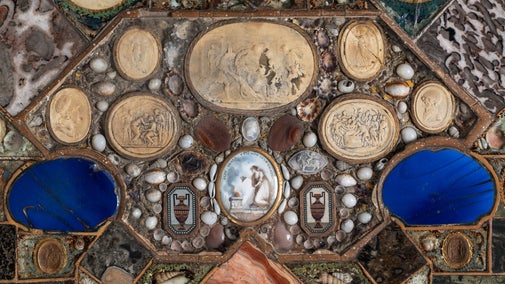
The Parminter Ladies' Grand Tour
A traditional educational trip for wealthy young men in the 18th century, the Parminter ladies defied convention to set off on their Grand Tour in 1784.

Oswald Reichel (1840-1923) and A la Ronde
The only male owner of A la Ronde in its history, Oswald Reichel made the house a suitable home for a gentleman.